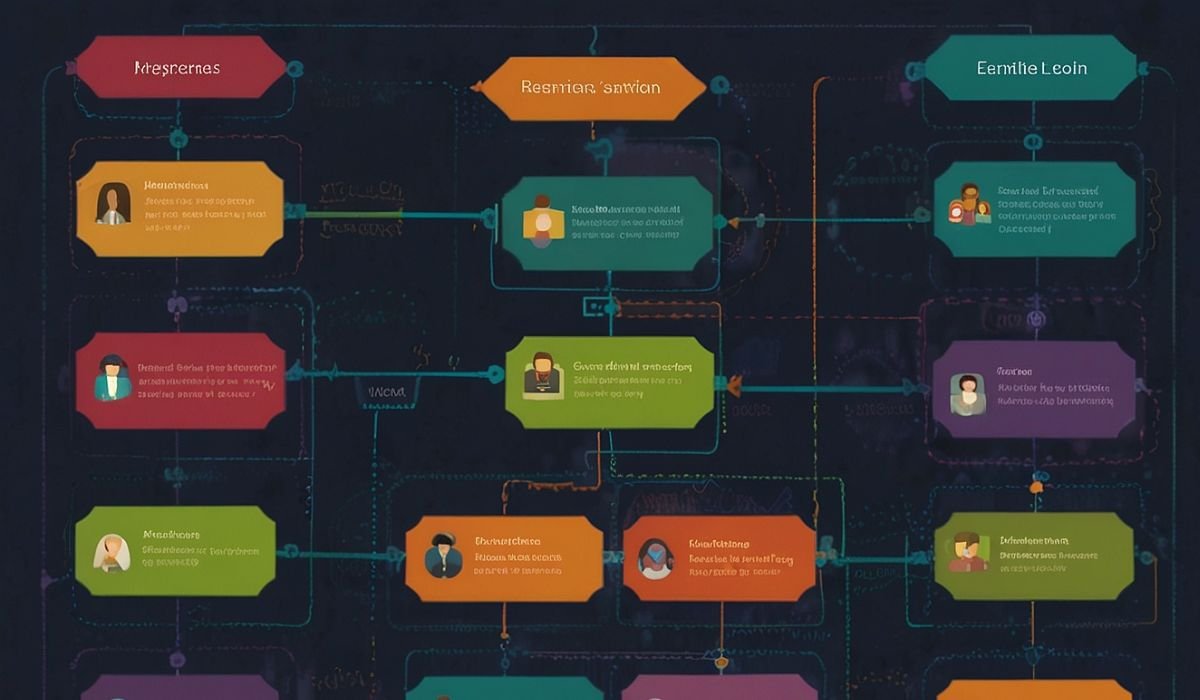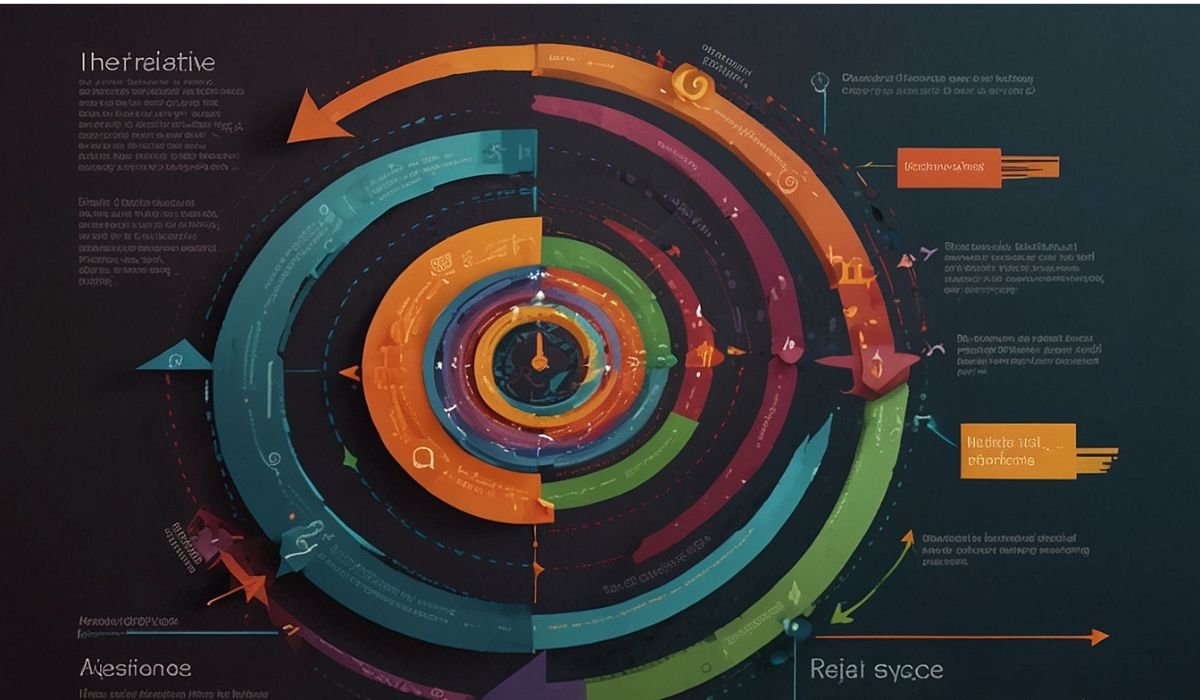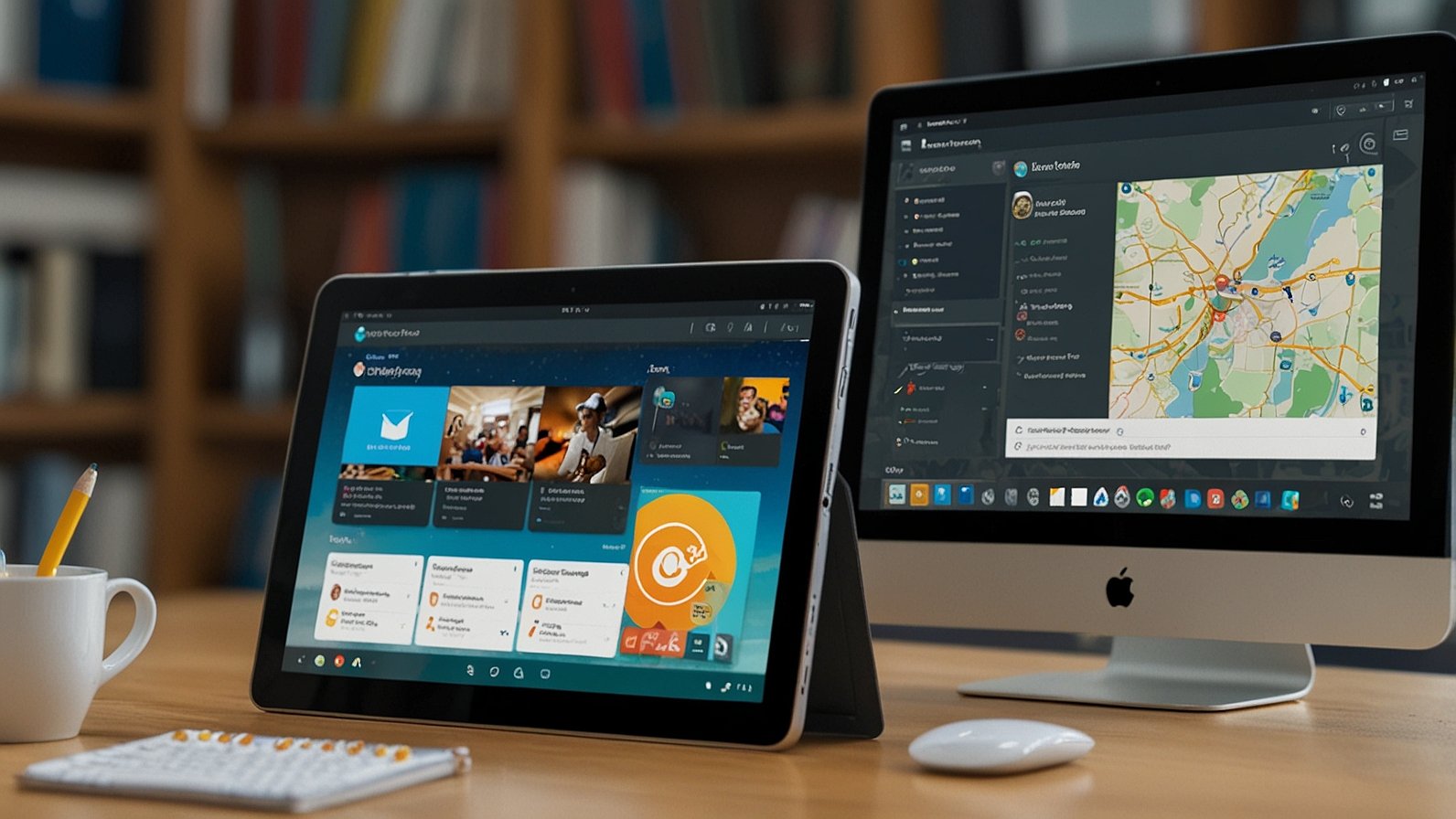Table of Contents
- Introduction
- The Growing Importance of Computer Science in Education
- Bridging the Gap Between Technology and Teaching
- Personalized Learning Through AI
- Immersive Learning with VR and AR
- Addressing Diversity in Computer Science Education
- The Role of Computer Science Education in Workforce Preparation
- Challenges and Opportunities in Integrating Computer Science into Education
- Conclusion
Introduction
As the digital age accelerates, the integration of computer science into the framework of modern education is no longer just beneficial—it’s essential. Students who major in computer science education are uniquely suited to connect the rapidly evolving world of technology with effective teaching strategies, ensuring the next generation receives an education that meets both present and future needs.
The growing demand for digital literacy and computational thinking is redefining what it means to be prepared for the workforce and for the challenges of tomorrow’s world. By choosing to study computer science and education together, these individuals position themselves at the vanguard of educational change, ready to bridge gaps and help shape smarter, more inclusive classrooms.
Majors in this hybrid field draw on both technological expertise and an understanding of how people learn, giving them the rare ability to devise and implement teaching practices that prepare all students for a data-driven, automated future. This modern approach to teaching is necessary to equip students with the critical thinking, creativity, and adaptability demanded by today’s interconnected world.
Across all levels of education, from elementary school to university, these future educators are already impacting how technology is taught and used—making learning experiences not just accessible, but also more relevant, dynamic, and engaging for all students.
The Growing Importance of Computer Science in Education
Over the past decade, school districts nationwide have ramped up efforts to introduce computer science at every level of the K-12 curriculum. This transformation is propelled by the realization that computational thinking—a problem-solving process involving patterns, abstraction, and algorithms—is indispensable alongside reading, writing, and arithmetic. A 2020 Brookings Institution study found that students exposed to computer science courses exhibit improved logical reasoning and, on average, secure higher salaries regardless of their profession.
Early exposure to computer science prepares students for technology careers and enhances critical skills like collaboration, creativity, and resilience—qualities essential for success in any field. For many educators and policymakers, integrating computer science into foundational curricula is central to educational equity, providing all students with opportunities that were previously out of reach.
Bridging the Gap Between Technology and Teaching
Majors combining computer science and education offer a vital link between technical aptitude and effective pedagogy. Drawing insights from both fields, these educators can incorporate emerging technologies—such as interactive software, data visualization tools, and coding platforms—into lesson plans that foster student engagement and learning. Support organizations like the Computer Science Teachers Association (CSTA) have made significant strides in empowering educators with resources and ongoing professional development, ensuring that teaching methods keep pace with technological advancements.
This dual focus empowers teachers to keep up with technology and harness it creatively, ensuring classroom experiences remain relevant while catering to diverse learning needs. Programs centered on computational education are at the heart of innovative school reforms and are actively shaping strategies for digital transformation in education.
Personalized Learning Through AI
Artificial Intelligence (AI) is becoming influential in tailoring education to fit individual needs. Using sophisticated algorithms, AI-driven platforms assess student progress and adapt instructional content in real time, helping pupils overcome their unique learning obstacles. Such dynamic adjustments make lessons more effective and personal, offering struggling students additional support and fast-tracking those ready for advanced challenges. This flexible approach is gaining traction, with recent research highlighting how generative AI tools transform computer science instruction through individualization.
For teachers, AI possibilities mean shifting from traditional, one-size-fits-all methodologies to an era in which learning is data-driven and personalized, significantly boosting student engagement and confidence at all skill levels.
Immersive Learning with VR and AR
Virtual Reality (VR) and Augmented Reality (AR) tools are expanding what’s possible in classrooms, making learning deeply immersive. Through VR and AR, students can travel back in time, run virtual scientific investigations, or practice technical skills in simulated settings that might otherwise be inaccessible or prohibitively expensive. This technology is especially advantageous for schools lacking hands-on materials or resources, enabling more equitable learning across different regions.
Immersive learning strengthens comprehension and sparks curiosity and enthusiasm—qualities at the heart of lifelong learning. Platforms integrating VR and AR have proven effective in maintaining student focus, participation, and long-term retention, supporting findings from respected authorities such as Edutopia.
Addressing Diversity in Computer Science Education
Building a diverse and inclusive computer science ecosystem is critical for innovation and addressing longstanding tech inequities. Key studies confirm that students’ beliefs in their abilities, the perceived value of courses, and how they process academic challenges significantly predict their performance. Supportive learning environments that tackle these psychological and social aspects help retain underrepresented groups in STEM fields.
Targeted mentorship, culturally responsive teaching, and holistic support systems are emerging as best practices for boosting engagement among students from diverse backgrounds. Expanding access to computer science education also demands attention to rural, low-income, and otherwise marginalized populations—ensuring the opportunity gap shrinks.
The Role of Computer Science Education in Workforce Preparation
A robust foundation in computer science is increasingly key to workforce competitiveness. With automation reshaping roles in every industry, students with digital literacy, coding experience, and a grasp of data science enter the job market with clear advantages. A Forbes article emphasizes that computer science integration is integral to maintaining a future-ready workforce.
This preparation extends well beyond technical capability; it nurtures problem-solvers and innovators—graduates adept at critical thinking, collaboration, and creative troubleshooting, all sought-after qualities in dynamic workplaces.
Challenges and Opportunities in Integrating Computer Science into Education
Despite its promise, integrating computer science into all classrooms is challenging. A notable shortage of qualified, well-trained computer science teachers is the most pressing. Additionally, many schools struggle to keep curricula up-to-date amid rapid technological changes. Organizations such as Code.org and events like Computer Science Education Week (CSEdWeek) are raising awareness and driving efforts to expand access and professional training.
Adapting computer science curricula for emergent bilingual students creates another layer of complexity. Thoughtful planning and culturally sensitive pedagogy are vital to balancing programming education’s demands with linguistic inclusivity, ensuring no student is left behind as technology evolves.
Conclusion
Computer Science and Education majors are spearheading a fundamental transformation in how students learn, engage, and participate in modern classrooms. By bringing together expertise in both education and technology, they create environments where teaching is innovative, adaptive, and equitable. As tomorrow’s challenges come into focus, these educators will continue to shape, inspire, and prepare a future-ready generation poised to thrive in a technologically advanced world.
YOU MAY ALSO LIKE: Unlock Free Learning: Your Guide to courselinkfree.us










